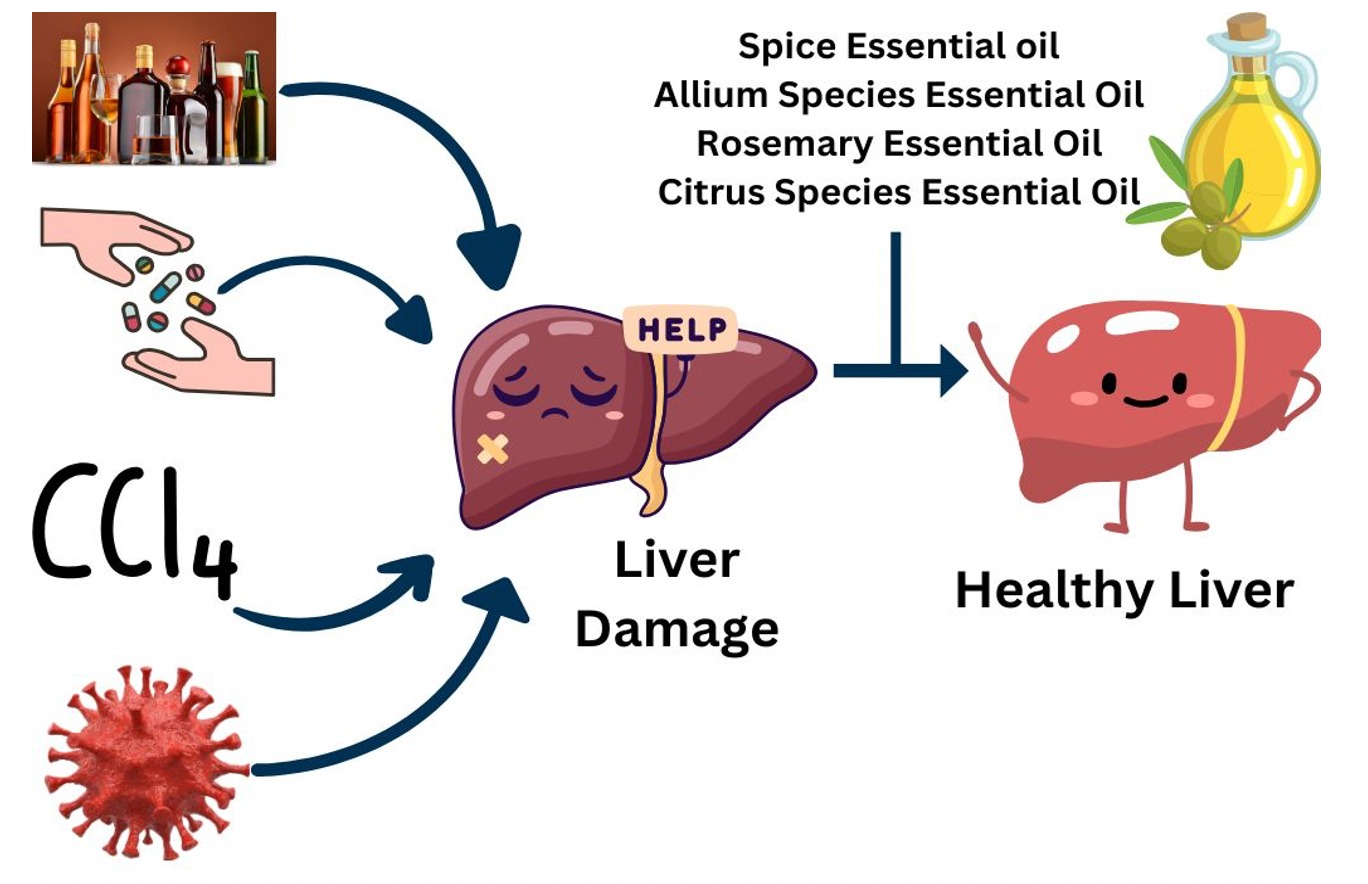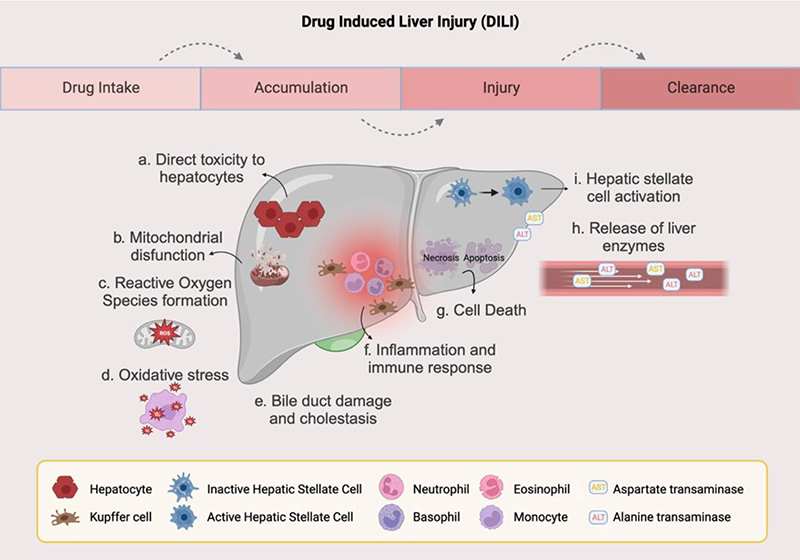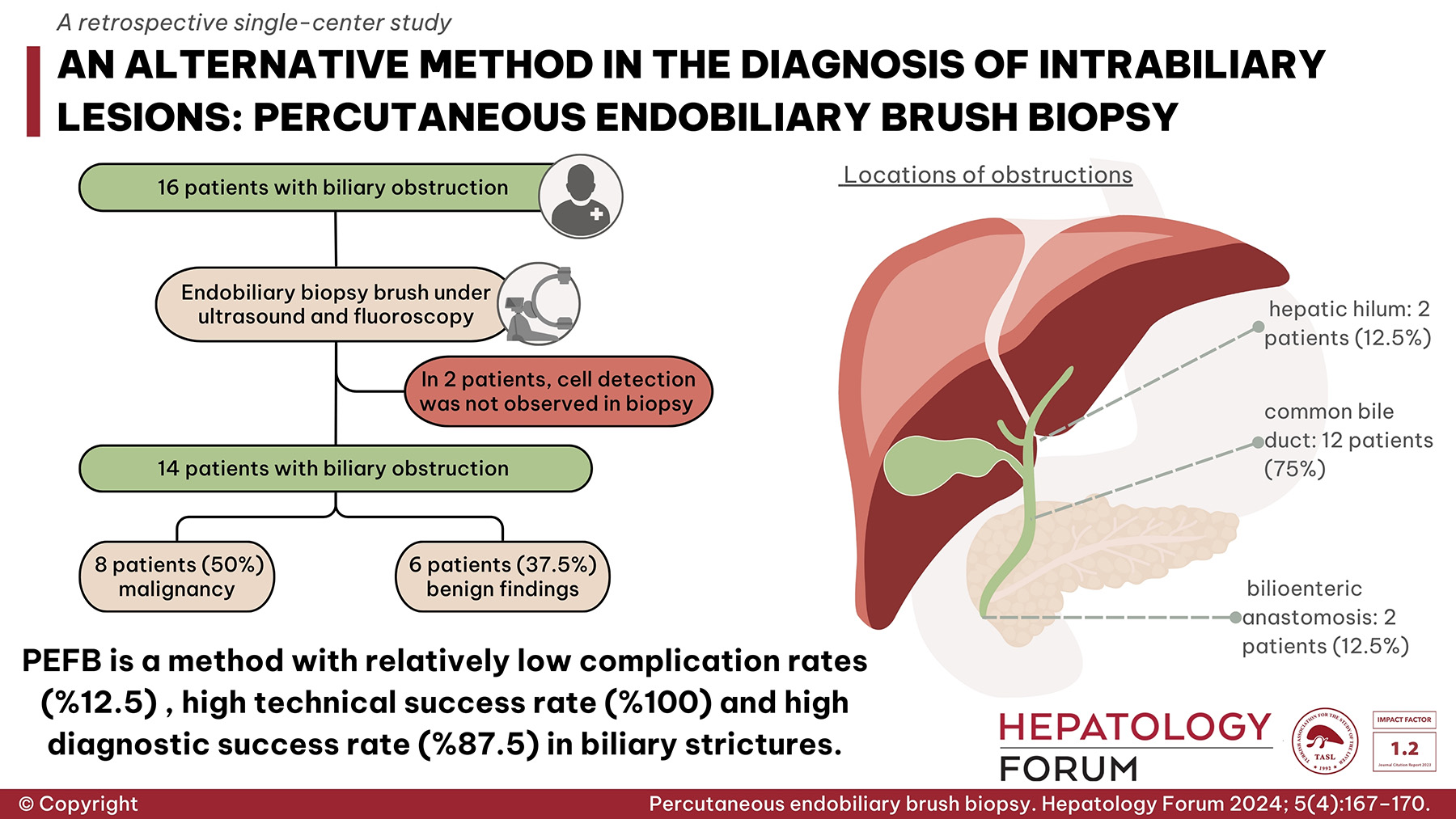2Laboratory of Gene Therapy, Instituto de Investigaciones en Medicina Traslacional, CONICET-Universidad Austral, Buenos Aires, Argentina; Liver Unit, Hospital Universitario Austral, Universidad Austral, Argentina
3Department of Gastroenterology, School of Medicine, Marmara University, Istanbul, Turkey; Institute of Gastroenterology, Marmara University, Istanbul, Turkey
Abstract
Hepatocellular carcinoma (HCC) accounts for some 80% of primary liver tumors. According to recent data, HCC is the sixth most common type of cancer and the third leading cause of cancer-related mortality worldwide. Risk factors for HCC include the presence of the hepatitis B virus, hepatitis C virus, non-alcoholic fatty liver disease, and exposure to noxious agents, such as alcohol, or toxins, such as aflatoxin, which are considered preventable etiologies of HCC. Monitoring strategies are needed for patients at risk of developing HCC. There is a consensus on routine monitoring of cirrhotic patients due to definitive evidence of a significantly high rate of progression to HCC; however, the appropriate surveillance of patients with advanced fibrosis remains a topic of discussion. Nevertheless, adherence to a strict observation protocol is the cornerstone of early detection and treatment with curative options for patients with a high risk of developing HCC. This review examines prevention strategies, risk factors, and surveillance based on current guidelines.





 Eda Kaya1
Eda Kaya1 









